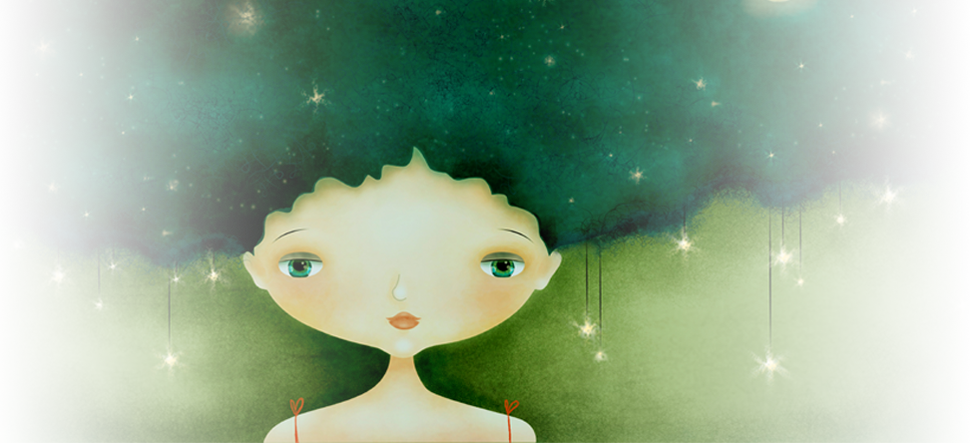-
 In the previous three “Back to Basics” articles we discussed planets (the who or the actor), signs (the how or the costume) and houses (the where or the scene). Planets in the natal chart usually make some kind of aspect to other planets or angles in the chart (there are some people who have one or even more planets that do not make major aspects to other planets/angles in their chart and these no-major-aspect planets are known as Singletons but we can talk about these in one of our next Back to Basics articles).
In the previous three “Back to Basics” articles we discussed planets (the who or the actor), signs (the how or the costume) and houses (the where or the scene). Planets in the natal chart usually make some kind of aspect to other planets or angles in the chart (there are some people who have one or even more planets that do not make major aspects to other planets/angles in their chart and these no-major-aspect planets are known as Singletons but we can talk about these in one of our next Back to Basics articles).The zodiac wheel is divided into 360° degrees, each of the twelve zodiacal signs occupy 30 of these degrees.
Let’s now see how this wheel can be further divided so as to form aspects between the various planets or angles. There is some leeway in the degrees used in these definitions which are known as orbs since aspects are not always exact. A table for the orbs (the number of degrees taken into account before and after exactness) for the respective aspects is to be found at the bottom of this article. I will give explanations for the major aspects only at this point in time.
The first aspect is the wheel divided by one and this is called a conjunction meaning two or more planets are conjoined. It is one of the easiest aspects to spot in a chart and the planets involved merge or blend their energies together. There are planets that “enjoy” each other’s company such as Venus and Moon and others which don’t hit if off well together such as Moon and Saturn etc.
The second aspect is the wheel divided by two (180°) and this is called an opposition meaning that two or more planets find themselves in opposing parts of the chart. Usually we become aware of one part of the opposition before realizing there is also another part to it and the trick is to find a compromise between the two energies being expressed which is not always an easy thing to do.
The third aspect is the wheel divided by three (120°) and this is called a trine and these are aspects where we find it rather easy to blend together the energies of the planets involved and where we can accomplish things with ease, sometimes it’s so natural or easy for us that we don’t really try to use the advantage we have here. There are also Grand trines (when 3 planets or more are involved with a 120° gap between the three points of a triangle) which are nearly always in the same element (Fire, Earth. Air or Water). Grand trines denote where we can default into a certain automatism each time something stresses us. For example if we have a Grand Trine in the Water elements then when we feel emotionally wronged we may default into thinking and acting as if we are totally independent of other people’s feelings and give the impression or kid ourselves that we don’t need anyone at an emotional level.
The fourth aspect is the wheel divided by four (90°) and this is called a square, this involves two or more planets at a 90° angle which means they will be in contrasting elements (Fire/Water or Earth/Air etc). This aspect causes tension and strain which may not always be comfortable but certainly lends itself to making changes in our lives. We will certainly recognize the qualities of all the planets involved and their respective signs but we find difficult if not almost impossible to reconcile them. We have to actively work on a solution if we want to come to terms with the tension the square creates.
The above are the main aspects, there are, of course, many others:
Quintile and biquintile, the wheel divided by five (72° and 144°).
Sextile, the wheel divided by six (60°).
Semi-Square and sesquiquadrate (45° and 135°) , the wheel divided by eight.
Quincunx and semi-sextile (150° and 30°), the wheel divided by twelve.
Table of orbs
name of aspect degrees apart
orb type of aspect division of circle by:
conjunction 0° 8° Major-neutral 0 opposition 180° 8° Major-hard/active 2 square 90° 8° Major-hard/active 4 trine 120° 6° Major-soft/passive 3 sextile 60° 4° Major-soft/coaxing 6 semi-square 45° 2° Minor-hard/active 8 sesquiquadrate 135° 2° Minor-hard/active 3/8 semi-sextile 30° 2° Minor-irritating 5/12 quincunx 150° 2° Minor-irritating 5 quintile 72° 2° Minor-creative 7 The nearer the aspect is to exactness then the more stronger it will be felt.
Do you know your chart? What type of aspect(s) is most prominent?
Copyright 2016 - All text and images Copyright - My Sky Pie - www.my-sky-pie.com


